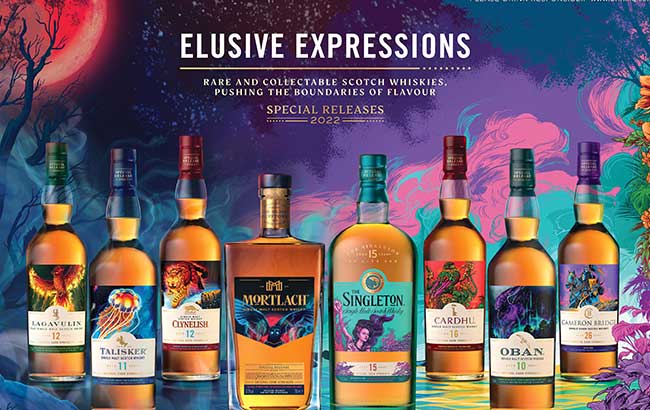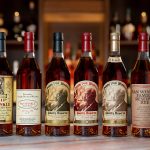Knob Creek 18 Year Debuting for Brand’s 30th Anniversary

The Hunt for Red Brown October is in full force as Knob Creek has just announced its oldest expression ever which is just hitting the market, a Limited Edition 18 Year clocking in at 100 Proof. This is double the standard 9 year age statement of the flagship and is a celebratory milestone as Knob […]
The post Knob Creek 18 Year Debuting for Brand’s 30th Anniversary first appeared on The Bourbon Review.


